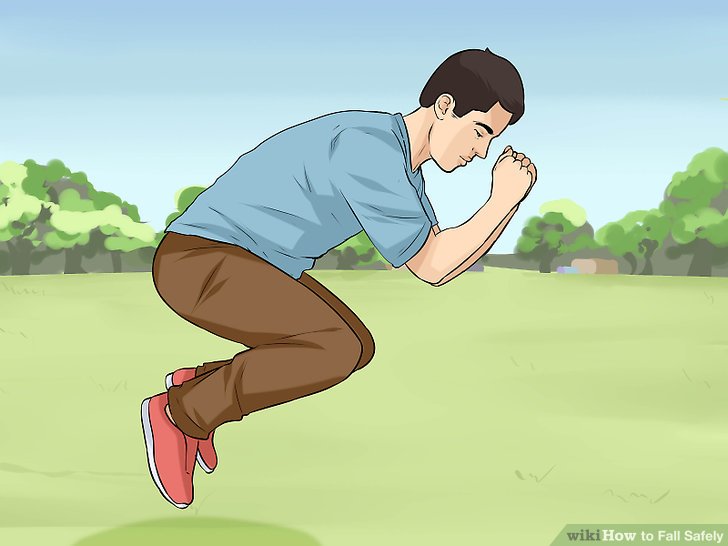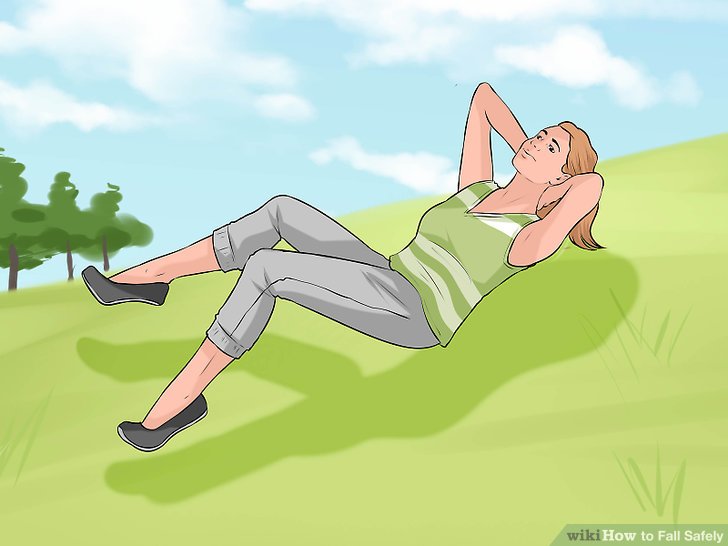
We use our hips all the time to sit down, stand up, and walk. The hip joint is a ball-and-socket joint that allows us to move our legs and at the same time gives us the stability necessary to bear the body’s weight. Unlike the shoulder joint, the socket part of the hip joint is extremely strong and dense with surrounding ligaments to keep the head of the femur (the ball part of the hip joint) in place. You rarely hear about a hip dislocation. To watch a short video describing the anatomy of the hip joint check out the John Hopkins Medicine website. Even though our hips are designed be be weight bearing, the extra pressure on the joints does make them more likely to develop arthritis. Other potential problems include bursitis and injuries because of a fall. Problems with the hip may show up as problems with gait, that is walking. Examples of gait/hip problems include:
- Reduced step length (the distance you cover when you take one step)
- Reduced stride length (the distance you cover when you take two steps, one with each foot)
- Reduced walking speed; a slower gait increases the risk of developing a disability
- Foot angle out of the line of progression (the toes point out or in instead of forward)
- Rounded shoulders
- Transferring body weight from side to side
- Quad dominance (the thigh muscles are overactive and take over for the glutes and hamstrings during squatting, lunging, running and standing)
- Gluteal Amnesia (the muscles on the back of the hip are weak and not activated during squatting, lunging and running)
- Difficulty with sideways movements caused by weak hip abductors
For all of these reasons, it makes sense to do exercises that keep our hips heathy and strong. There are 22 muscles that act on the hip joint. These muscles allow the hip to flex (lift forward) and extend, abduct (lift to the side) and adduct, rotate to the midline and rotate to the side. Since the muscles that lift the leg forward (hip flexors) are strong and often tight from sitting too much, it is important to emphasize extension over flexion. Here are some exercises for your hips to include in your water fitness class:
- Squats
- Lunge in all directions, using a clock face
- Walking in all directions
- Shallow water running and deep water running
- Crossover walk
- Knee-lifts (emphasize extension)
- Leg curls
- Cross-country ski
- Cross-country ski with rotation
- Jumping jacks
- Kick forward (emphasize extension)
- Kick to the side
- Kick backward
- Inner thigh lift
In addition to strengthening the muscles of the hips, there are some cautions to help you avoid an injury:

Ballistic Hip Abduction. These are known as cheerleader jumps, but since very few activities requires forceful hip abduction, this move is not functional. Instead do jumping jacks. Make sure that the feet are parallel so the move is hip abduction. It is okay to change foot positions when doing jacks upright, but if the toes point out when performing suspended jacks, you are changing the move to hip flexion.
Ballistic Karate Kicks. When karate kicks to the side are thrown forcefully, there can be an injury in the labrum of the hip. Cue “control and press” so that the throwing action is eliminated.
Prone Flutter Kicks. Flutter kicks strengthen the hips and legs, but prone flutter kicks while holding on to the wall compromise the hands, hyperextends the neck, hyperextends the lumbar spine, and compresses the spinal discs. Performing the exercise with foam dumbbells does not improve these issues. The neck and spine are still hyperextended, and the spinal discs are still compressed. Instead, perform flutter kicks in deep water in a vertical position with neutral postural alignment wearing a deep water belt.

Prone to Supine Abdominal Exercises use the hips to change positions, but they require accurate cueing. Going all the way to prone involves too much spinal extension and going all the way to supine involves too much spinal flexion. I have heard this exercise called by the amusing name of Sun Tan/Superman. But using this cue encourages going supine all the way and prone all the way. I prefer to call the exercise Abdominal Pike and Spine Extension. Bring the legs forward to a 90-degree angle in front, then tuck and extend the legs diagonally back, as in the pictures above. Wear a belt to do the exercise in deep water; do not do the exercise using just foam dumbbells.

Crunches are not functional, but they do work the abdominals. The problem in the water is that we are not horizontal as are crunches on land. Instead we are in a reclined sitting position with the legs close to the surface of the water. Most people pull their knees to the chest, which is repeated hip flexion with lumbar spine flexion. This compresses the front edges of the discs of the spine. Also, placing a noodle under the armpits impinges the shoulder joint and risks damaging the nerves in the arm pit. Instead work the muscles of the core in a vertical position. See the previous posts Take Care of Your Shoulders and Take Care of Your Spine.
“L” Position. This position is a long lever in hip flexion and it is difficult to hold the torso in neutral. Limit the amount of time used in this position.

High Kick with Compromised Posture. Some participants try to increase the intensity of a high kick by getting the toes to the surface of the water. This causes too much spinal flexion and too much hip flexion. Instead, lower the kick so that the lumbar spine does not slip into flexion. Emphasize hip extension, the downward movement of the leg.
Finally, there are some good stretches you can do in the the water for your hips. Side steps lengthen the inner thigh muscles. Forward steps lengthen the gluteal and hamstring muscles of the forward leg and stretch the hip flexors of the back leg. Slow motion walking is good for balance and coordination. Swing one leg forward and back to stretch the hip flexors. Bend the knee when the leg swings back to lengthen the quadriceps. Crossover steps lengthen the outer thigh. Hip figure 8’s are good for hip mobility. Use a range of motion that is controlled and pain free. Take care of your hips so that you can continue to sit down, stand up and walk without difficulty into your golden years..
Resources: Ruth Sova, MS – Hips Mini Session 9-22-22
Pauline Ivens, MS & Catherine Holder, PT Do No Harm 2011
See you in the pool!



































